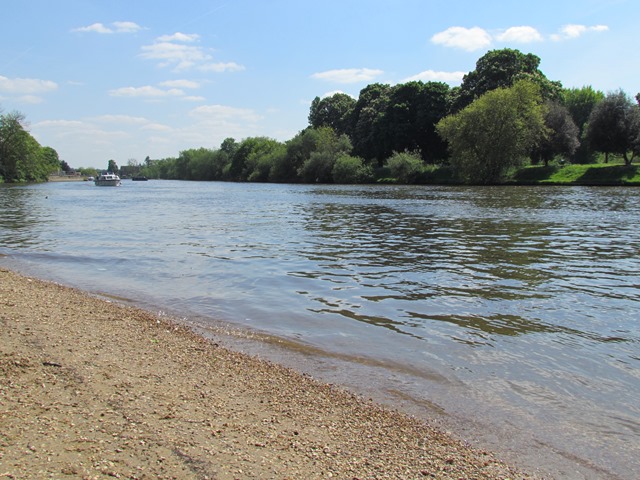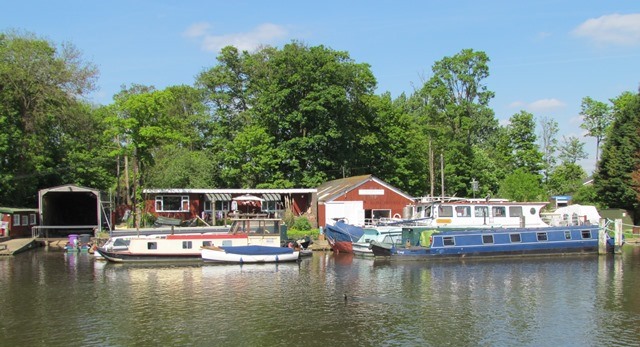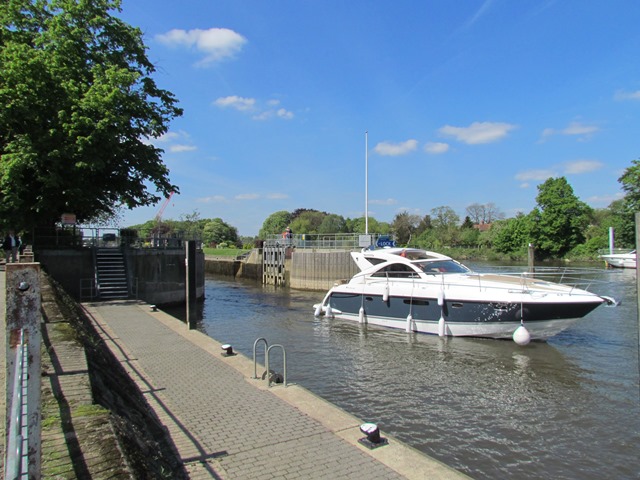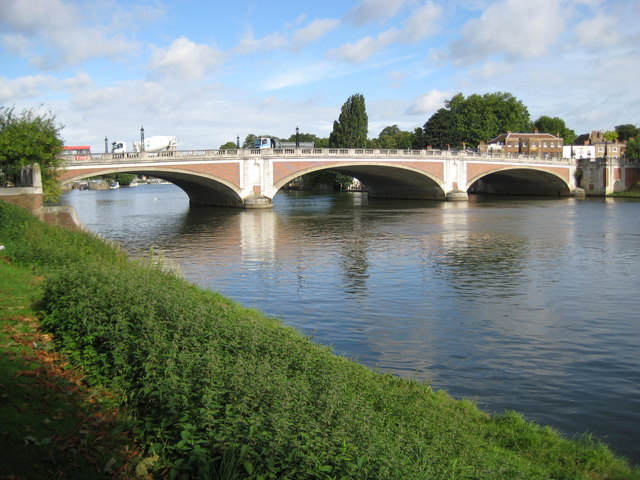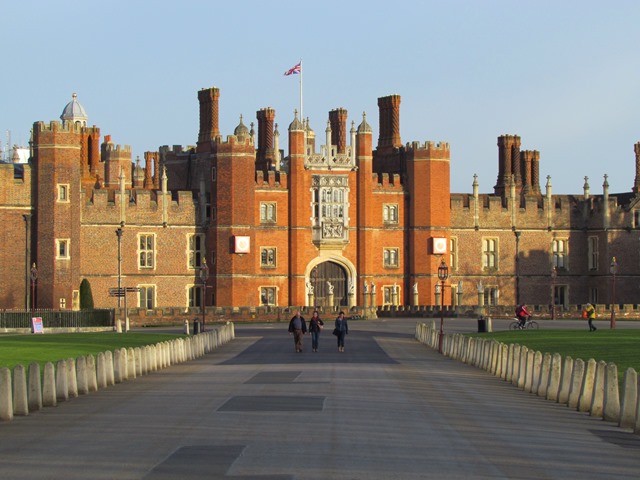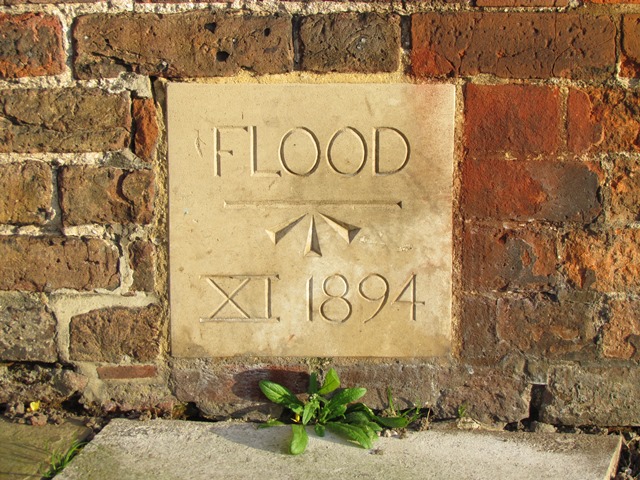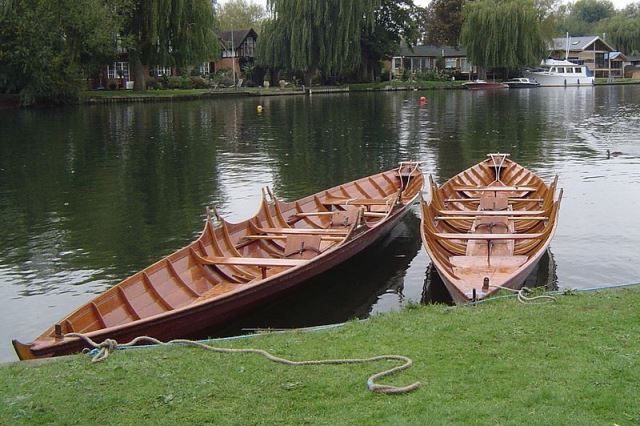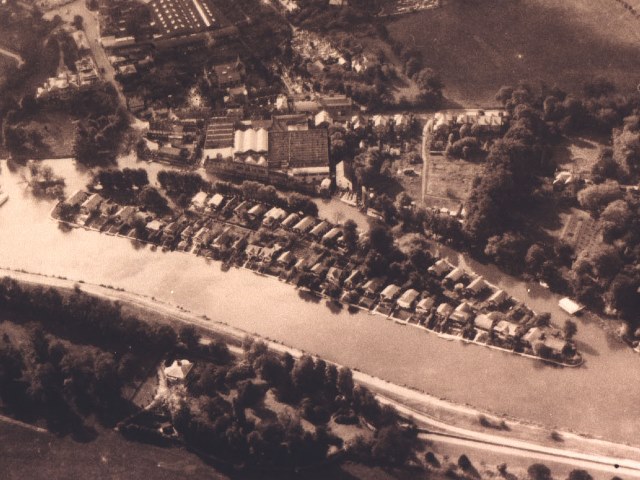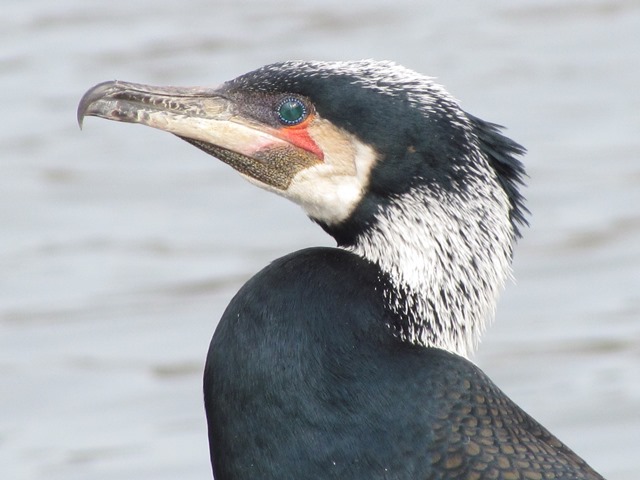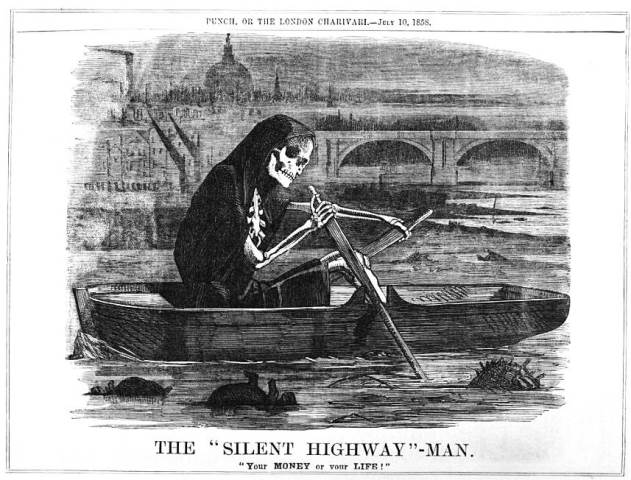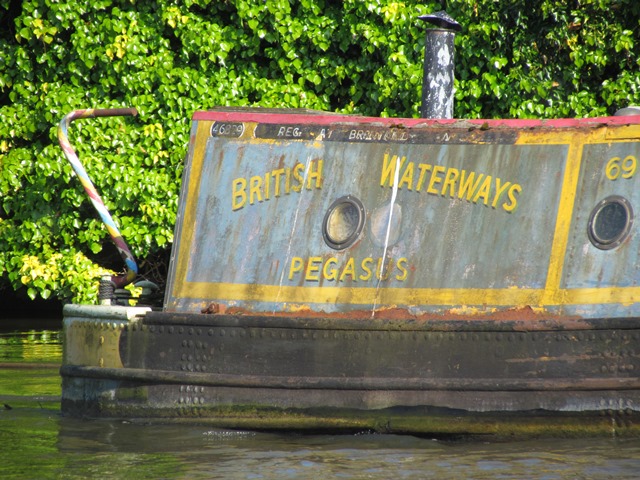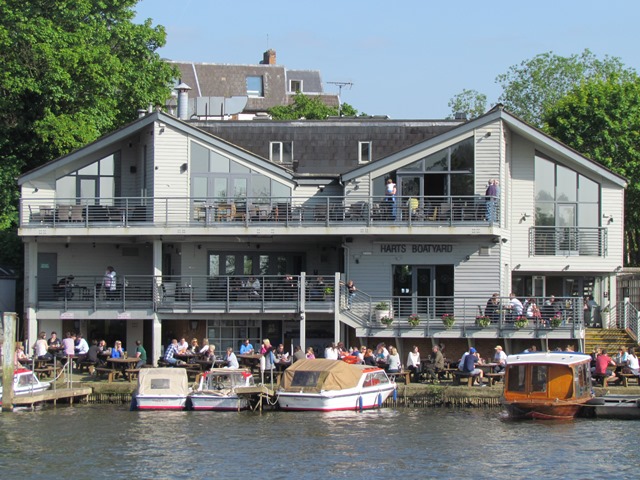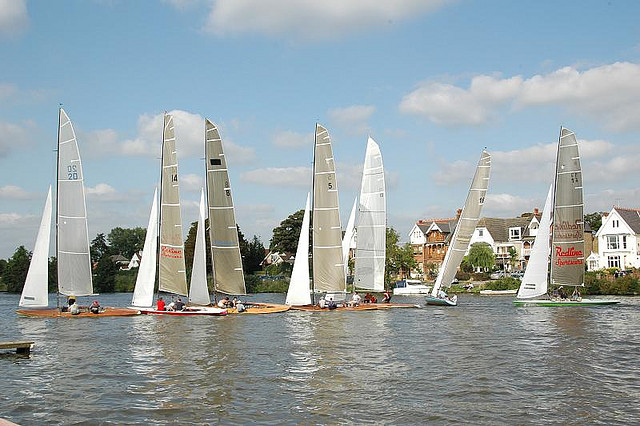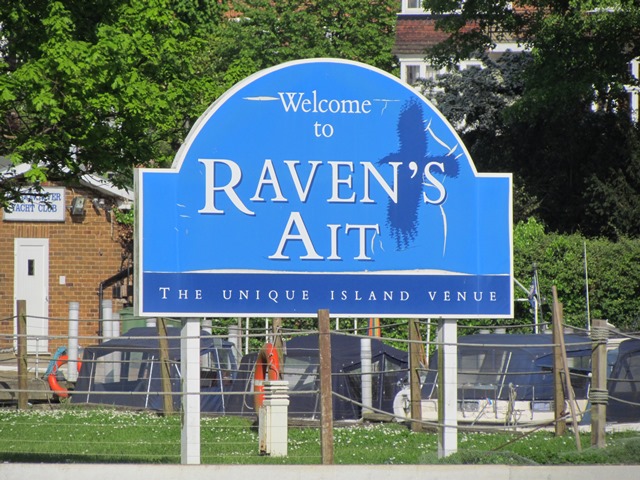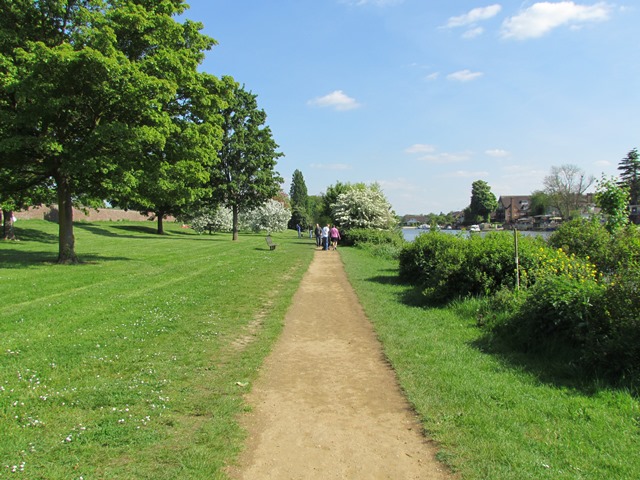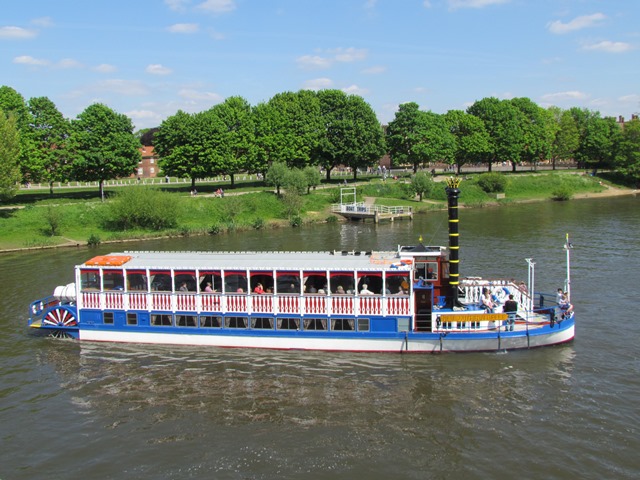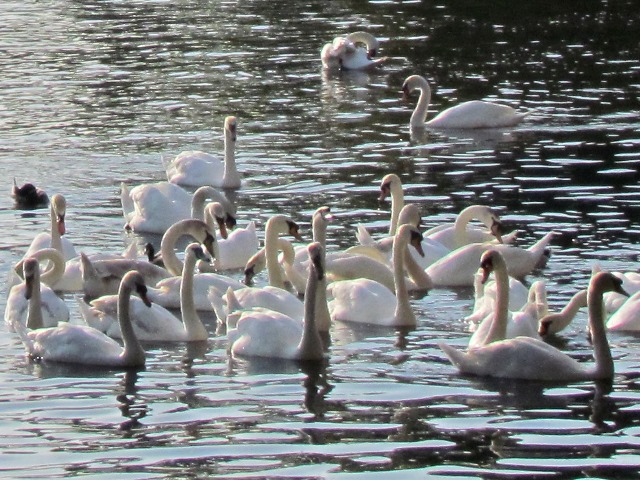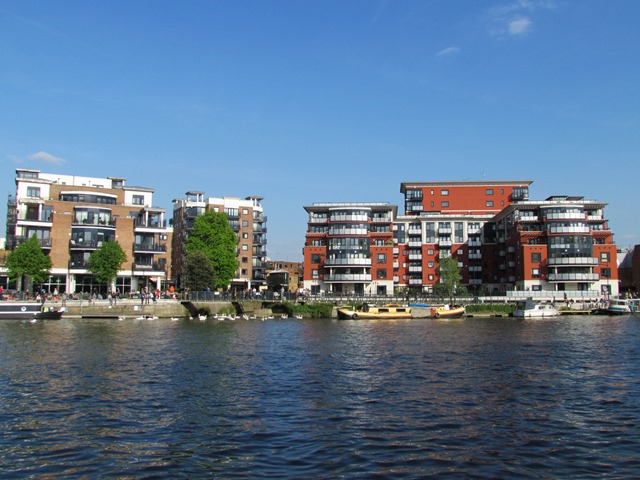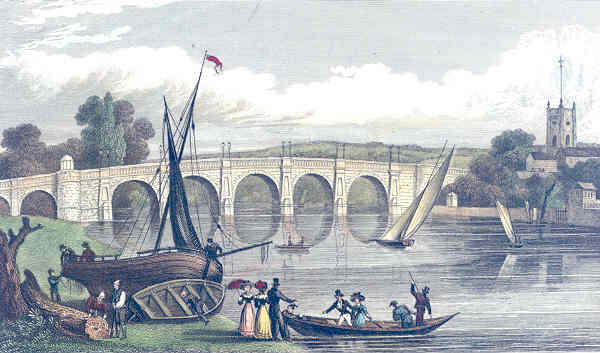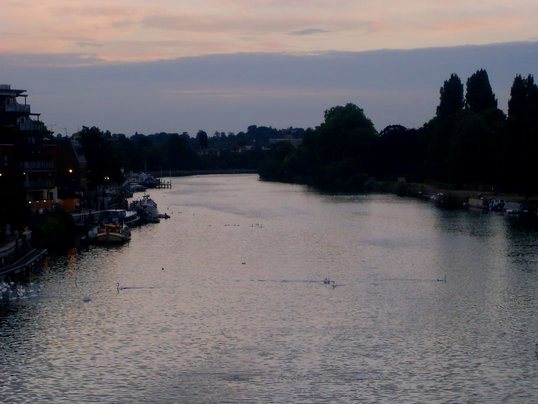By 1805 London’s population had grown to one million. The Thames was the main source of drinking water but despite this there was no system for keeping the river clean. Sewage, industrial effluent, human waste and even dead animals filled the water.
It was little surprise that in 1832 there was an outbreak of cholera. The state of the Thames became a well-publicised scandal. In 1849 another cholera outbreak killed an estimated 2,000 people a week.
To stem the disease the Government introduced the Metropolis Water Act of 1852. This Act banned extracting water for household use from the tidal Thames beyond Teddington. In the same year engineer James Simpson built the Seething Wells water works we can see here on the opposite riverbank.
Most water works of the time pumped water straight out of the Thames for human consumption. At Seething Wells, however, water was filtered. Water was stored in large reservoirs for six hours then refined through sand, shells and gravel. The process cleaned up the water and ultimately helped to fight cholera.
For many years cholera was thought to be an airborne disease. But a London doctor, John Snow, was convinced it was waterborne instead and began to investigate. Snow compared the cholera contraction rates near to several London water works. Cholera cases were 14 times lower at Seething Wells. When Snow published his findings in 1855 they helped to transform perceptions of the disease.
As London’s population and water demand grew, Seething Wells expanded too. The Chelsea Water Company joined the original Lambeth Water Company at the site and by the 1880s there were at least 20 filters, 16 engines and 600 miles of pipework. Seething Wells supplied 7,500,000 gallons a day - 30 gallons per person - across south London.
The works remained significant until the 1970s. Since then some of the buildings have become student halls for Kingston University. The reservoirs meanwhile are an important wildlife refuge. The large expanses of open water and network of underground pipes support many species, including rare bats and over 75 bird species.
Though the pumping station is no longer operational, this stretch of the Thames is still a source of drinking water. Hampton is on the Thames Water Ring Main, a 50 mile-long tunnel which circles London. Constructed in the 1990s it provides a fast and efficient way to transfer drinking water supplies across the capital.
The water may look murky but the Thames is now the cleanest metropolitan river in the world. A sign of its advance from the Victorian era came in 2007 when a blind taste test saw Thames tap water rated above 20 bottled brands.
